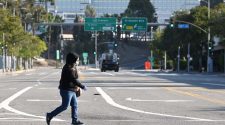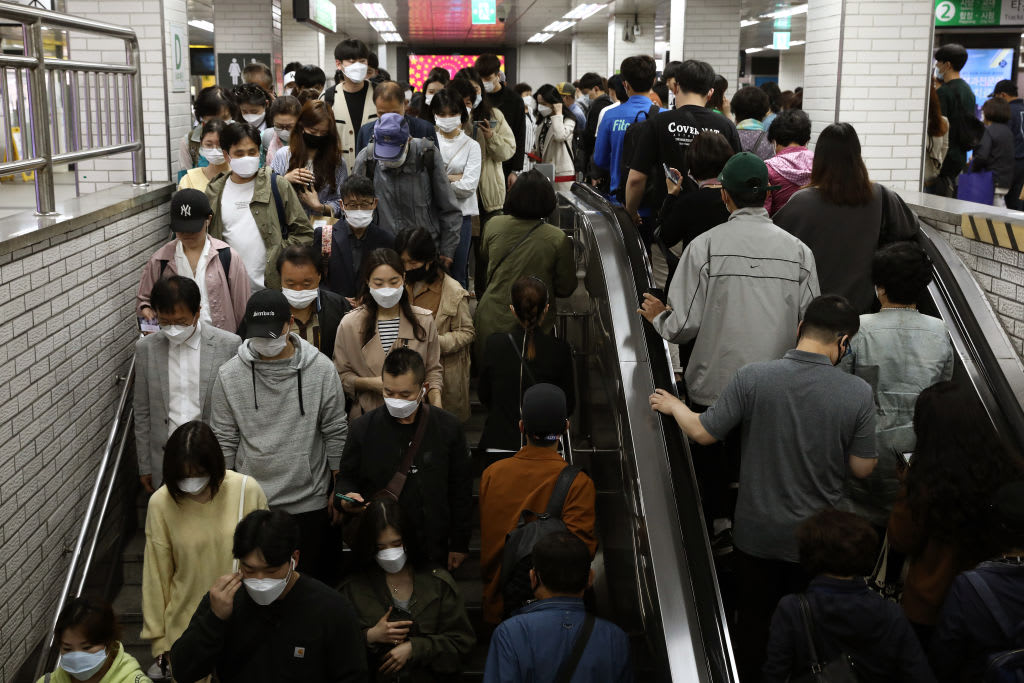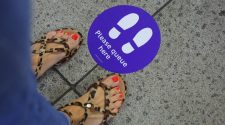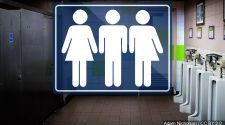Technology has helped some countries in Asia respond quickly to disruptions caused by the coronavirus pandemic and allowed them to cope a little better, according to Mckinsey & Company’s chairman for the region.
The consultancy said in its latest report there are several areas where policymakers and companies in Asia relied on technology to safeguard people’s health and their livelihood, in light of severe disruptions to the global economy.
McKinsey’s findings showed the “speed of deploying technology in and around Asia has allowed many Asian countries to cope a little bit better,” Oliver Tonby to CNBC’s “Squawk Box” on Wednesday.
“Let’s be very clear: We are far from out of the woods yet, we are in the early stages of this pandemic. But, technology has helped,” he added.
Some of the ways how technology has helped highlighted in the report include:
1. Tracing and testing
Technology has allowed a thorough way for governments to track potential infection cases, trace their close contacts, and quarantine all affected individuals to stop the virus from spreading in the community, according to the report.
Tonby, one of the co-authors of the report, referred to Singapore’s contact tracing application, TraceTogether, that uses Bluetooth technology, as well as South Korea’s drive-through testing centers that allowed the country to conduct mass-testing as examples.
“These are just two examples that we’ve seen from around the region that allowed better tracking, testing, including use of GPS to monitor the quarantine or stay-at-home notices are actually happening,” he said. To be clear, some Asian countries, including South Korea, are experiencing a resurgence in cases.
2. Combining resources
There has also been a surge in health care and treatment capacity where technology has allowed hospitals to pool together resources, according to the McKinsey report. As an example, Tonby referred to an online remote-diagnosis center in Wuhan, where the virus outbreak was first reported. Using high-speed internet connections, doctors from other parts of China were able to treat Covid-19 patients in the city.
3. Sharing information
Another area where technology helped is in allowing some Asian countries to be more transparent and timely in their communication over the virus outbreak, according to McKinsey. Tonby pointed to how 22,000 pharmacies in South Korea provide data that allows the government to tell people how many face masks each pharmacy has, in order to avoid large gatherings. Meanwhile, health ministries in Australia and Singapore provide Covid-19 updates through official WhatsApp channels.
Other areas highlighted by the report include the digitization of services, including groceries and online education; the ability for many companies to shift to remote working; and the way some businesses used technology to redeploy labor from one business segment to another and keep them safe.
South Korean commuters wear protective masks as they crowd on an escalator and stairs after getting off the subway during rush hour on May 11, 2020 in Seoul, South Korea.
Chung Sung-Jun | Getty Images
“We do see companies really going all in digitizing products and services,” Tonby said.
McKinsey said Asia has aggressively developed and advanced its digital infrastructure. In the last ten years, the region has accounted for the highest share of global growth in areas like tech-company revenues, venture capital funding, research and development spending, and the number of patents filed. Asia also accounts for 58% growth in the absolute number of internet users from 2014 to 2019, according to the consultancy.
More than 4.2 million people have now been infected and nearly 292,000 have died from Covid-19, according to data collected by Johns Hopkins University. China and India are the two worst-affected Asian countries, in terms of the number of reported cases of infection.















